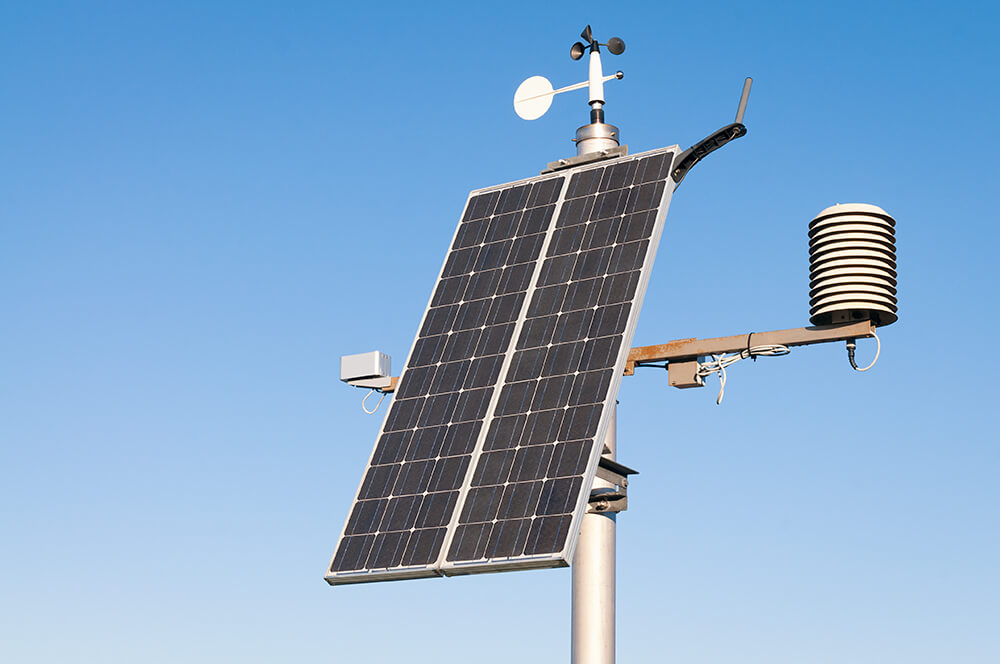Why the Best Time to Adopt NB-IoT is Now
The advantages of Narrowband IoT (NB-IoT) are pretty evident but one question remains for organisations: is now the time for it?
As it stands, the benefits of implementing NB-IoT solutions right now far outweigh any reason to hold back.
Internet of Things (IoT) growth is continuing at a rapid pace. According to a recent Microsoft survey, IoT adoption is projected to increase by 9% over the next two years.
What does this mean? If the numbers hold up, 94% of businesses will be using IoT by the end of 2021.
The organisations surveyed also reported the following benefits in implementing IoT, which are increased efficiency (91% of respondents), yield (91%), and quality (85%).
However, traditional mobile technology is not equipped to harness the potential of IoT, which is why newer solutions such as NB-IoT are important.
Equipped for the future
Berg Insight estimates there will be 9 billion IoT devices connected to cellular networks worldwide by 2023, with 5G set to reach the IoT market in late 2020.
Using current 3G/LTE technology, the cost of connecting a multitude of devices would be prohibitive, especially for smaller organisations.
NB-IoT, along with LTE-M, is included as part of the 5G standards, which means we’re likely to see a thriving NB-IoT ecosystem (and economies of scale) as more and more device manufacturers adopt it.
The Chinese government has publicly backed the NB-IoT standard, and more than 20 million NB-IoT nodes have been deployed in China. In the US, there are already three NB-IoT networks.
With the growing availability of NB-IoT and the willingness of larger economies to support it, it’s evident that NB-IoT tech is fairly mature.
Costs not a barrier
NB-IoT would provide low-cost data collection that can be customised to a specific need while also requiring less bandwidth and mass deployment of low-cost devices.
The widespread deployment of NB-IoT nodes in China is partially made possible by the low cost of node modules. While it can’t be denied that government subsidies helped further reduce the cost of the modules in China, elsewhere the cost of mass NB-IoT deployment is low enough that it is being seen as viable in various cities and industries.
In Malaysia, Maxis is the pioneer for NB-IoT services in the country and is in a unique position to be able to provide proven expertise and continued long-term support.
The ability to implement NB-IoT on an opex model with Maxis, promises manageable expenditure as organisations can choose to pay per device, with no capex commitments.
This is important, especially for SMIs and SMEs who want to keep up with technological trends but are concerned about costs.
Solutions that offer such flexibility (pay per device) will help in future expenditure planning as well as offer a route to easy expansion according to business needs.

NB-IoT powered sensors can collect and transmit critical data from the field for years without human intervention at minimal cost.
Investing for the information age
A recent survey found that organisations who led in the adoption of IoT saw higher growth rates compared to those who were behind. More than three-fourths of these organisations said that IoT leads to increased profitability and revenue.
‘You have to learn to trust the data, almost like a pilot has to learn to trust the instruments,’ said Jack Levis, UPS Director of Processing Management.
Thus it makes sense that to get ahead, organisations need to take ownership of the data they possess – its collection, storage, and how it is mined and analysed.
Before an organisation can truly leverage the power of data analytics, it must address the fundamentals. And the key to an effective data strategy is quality data sources.
It would be too easy to get swamped by the sheer amount of data to be collected, but NB-IoT lessens the burden of collecting data without increasing the cost.
With manual collection, there are issues pertaining both to costs and accuracy, as well as the quality of data.
NB-IoT would enable the automation of data collection, as well as ease of monitoring and the assurance of quality within set parameters.
More than a trend
Organisations do have reason to be wary of every new industry buzzword or supposed innovation.
IoT and NB-IoT are not fads but indicators of current realities. Like it or not, IoT has swept into homes, businesses and corporations in ways even sci-fi authors could not have predicted.
As the 21st century progresses, the world is becoming increasingly connected. It’s no longer about being able to afford to digitalise; it’s about not being able to afford not to do so.
Adopting NB-IoT means including a proven technology into processes, and its versatility allows organisations to adapt it to their needs and not the other way around.
All things considered, when you look at where the industry is headed, NB-IoT is the answer for many companies who seek connectivity without burdensome costs or complexity. In a connected future, NB-IoT has already made a place for itself and for customers keen to leverage on its possibilities.



